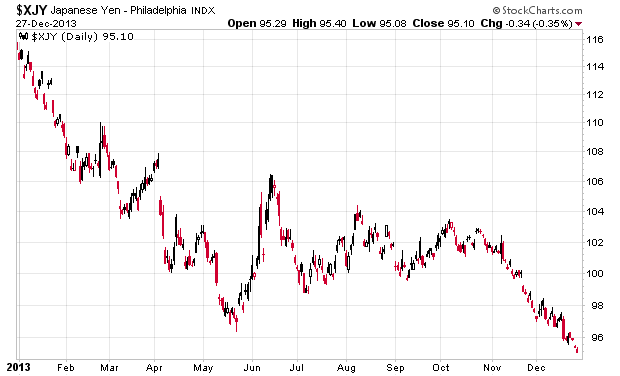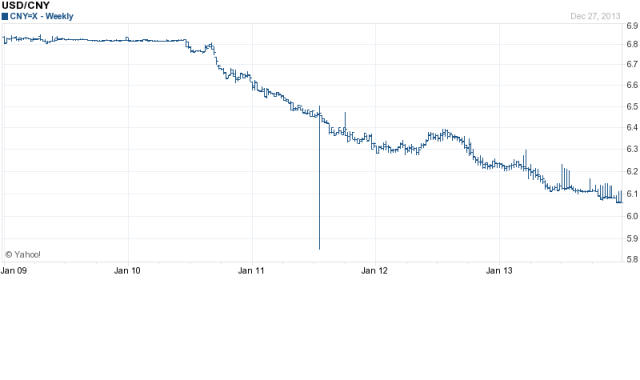Michael James has a fairly good article on why he chose to stop investing in individual securities and instead just go with low-cost index funds (or ETFs).
Putting a long story short, he put in a lot of time into researching the stock market between 2000 and 2008 and failed to outperform his baseline index and then a couple years later made the decision to just give up and index.
Pretty smart, I would say.
When I look at my own performance where I have an 8-year baseline of data, 3 of those 8 years I have underperformed the major indicies. One of those years I definitely attributed to mental stupidity on my part and is a genuine outlier year of profound incompetence (2011). Overall, I am still performing about 12% over the S&P 500, but this could just entirely be luck. Very difficult to say as I do not believe 8 years is a sufficient baseline.
If I was performing at or close to the index average, I would easily say that giving up would be a good option.
The other component of individual equity and bond investing is that it requires a lot of time and mental concentration to be able to pluck value out of the marketplace (and more importantly, to know when to pluck it out!). An index investor just needs to decide what low-cost baskets to put his/her money into (e.g. an all-equity allocation would be 20% TSX, 20% S&P 500, 20% S&P 400, 20% S&P 600, 20% International) and just sit back. Of course, there is a science to this as well that requires a certain amount of research, but the idea is to just set the autopilot switch on and forget about it while focusing on other parts of life.


